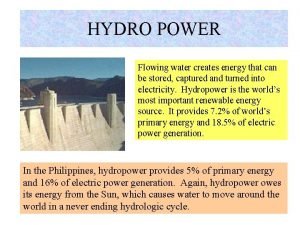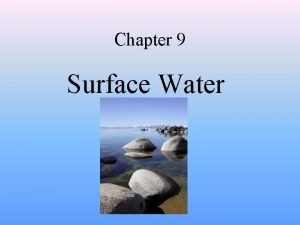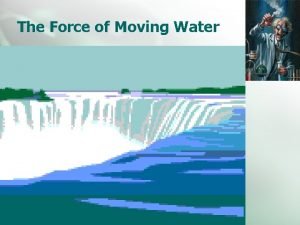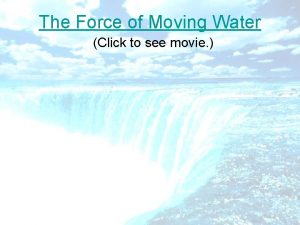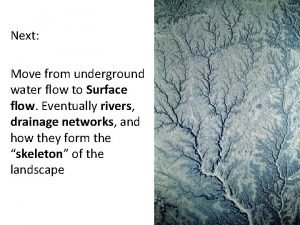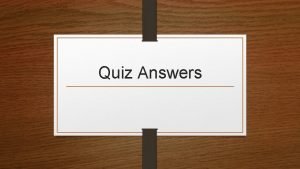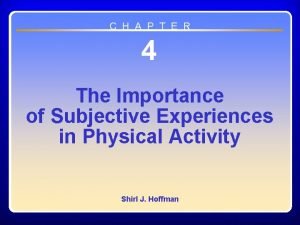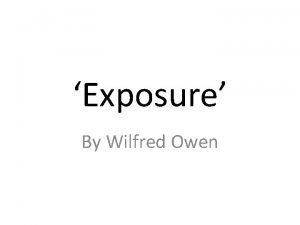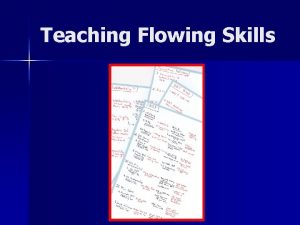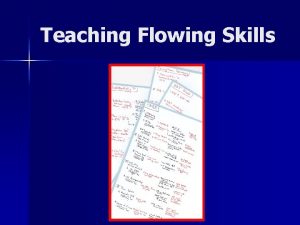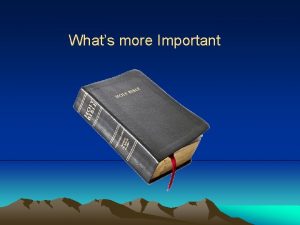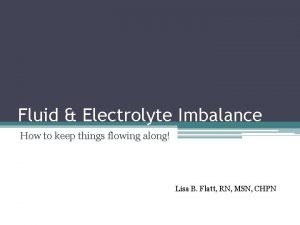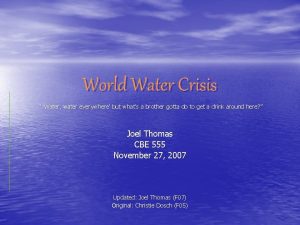Whats more likely Things go from Water flowing





![Atomic Bonds [aka chemical bonds] and Chemical Reactions • What is a bond? • Atomic Bonds [aka chemical bonds] and Chemical Reactions • What is a bond? •](https://slidetodoc.com/presentation_image_h/774aad556206c51217ae143546cbc511/image-6.jpg)






- Slides: 12

What’s more likely? Things go from ______________! • Water flowing down a cliff to make a waterfall… or water flowing up? • Falling down a flight of stairs or falling up? • Dropping an egg and making a mess or dropping a broken egg and getting one that’s back together?

It’s all about Potential ____ • Atoms bond to get a lower energy configuration. Arrows indicate increasing potential energy

The bottom line Energy Level 1 2 3 Max # Electrons

Valence Electrons • Valence electrons are the electrons in the ______________of the electron cloud that contains any electrons. • Valence electrons are important because they are the electrons that can _______with other atoms. • How many valence electrons does oxygen have? (atomic # = 8)

Lewis Dot Diagrams • A Lewis Dot diagram uses dots to represent valence electrons of an atom or molecule. – Only place two dots on one side of the symbol if the other 3 sides already have one. • Examples:
![Atomic Bonds aka chemical bonds and Chemical Reactions What is a bond Atomic Bonds [aka chemical bonds] and Chemical Reactions • What is a bond? •](https://slidetodoc.com/presentation_image_h/774aad556206c51217ae143546cbc511/image-6.jpg)
Atomic Bonds [aka chemical bonds] and Chemical Reactions • What is a bond? • So what is an atomic bond? • _________________. • A chemical reaction occurs when atoms _________________

Type of bond What happens Example molecule

But Why? ELECTRONS DETERMINE HOW ATOMS BOND • Atoms that have a full outer energy level are very _______. This is the driving force of bonding reactions. • Atoms bond together in a way that _______________________ • This is the lowest energy configuration possible.

What types of bonds atoms form Almost always lose electrons + Polar (greedy for electrons) Metals (electrons “float” around nuclei) Mostly non -polar Don’t bond - Almost always gain electrons

Ionic Bonds • An atom loses 1 or more _______, giving it a positive charge. • Another atom gains the electron(s) and becomes _________ charged • + & - ions attract. + e- e. Na e- - e- Cl ee- e- e-

Covalent bonds • 2 atoms _____________ of valence electrons H ee- H

TWIST: Polar Covalent Bonds • In a polar covalent bond, a ________ is shared between two atoms… ______. • One part of the molecule now has a small – charge, and the other has a small + charge Polar covalent Electron Sharing 100% Non-polar covalent 100% Ionic
 More more more i want more more more more we praise you
More more more i want more more more more we praise you More more more i want more more more more we praise you
More more more i want more more more more we praise you Water and water and water water
Water and water and water water When flowing water is captured and turned into
When flowing water is captured and turned into Water flowing downslope along earth's surface
Water flowing downslope along earth's surface Moving water force
Moving water force What is the force of moving water called
What is the force of moving water called The term geologists use for underground water is
The term geologists use for underground water is Water flowing
Water flowing Water flowing
Water flowing Water contracts (gets smaller) when it freezes
Water contracts (gets smaller) when it freezes We are more likely to enjoy physical activity when
We are more likely to enjoy physical activity when Exposure wilfred
Exposure wilfred



